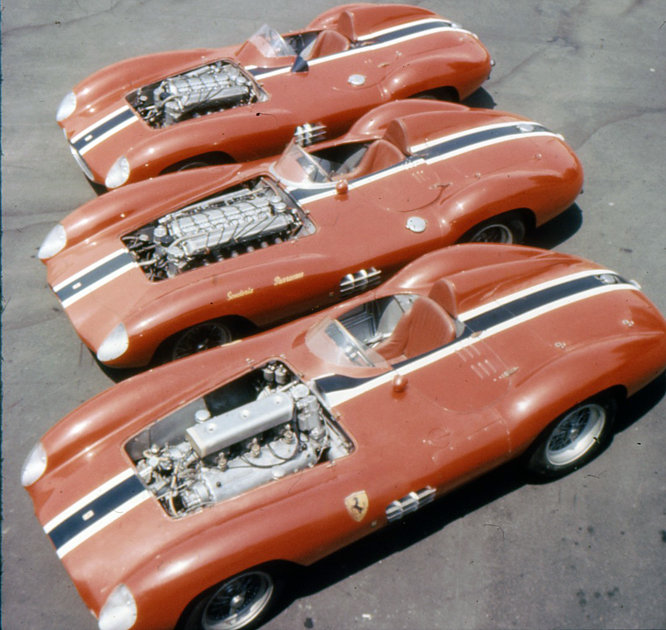
Here is an oversight of some of the details I saw in a hand full of the 500 plus photo's I took, I'd filled up my phone with images just getting from the Centre's car park to the Exhibition Hall !

Amongst the many celebrations at Race Retro was a celebration of the achievements of the Italian tuning house Abarth.

On the Minibus on the way up to Stoneleigh I found myself sitting next to the legendary classic slingshot drag racer Chris Hartnell whose infectious enthusiasm was all I needed to commit myself to going to a Drag event this season !
This is the view from Adz Prices 'Go Hard or Go Home' known, I believe, as an Altered, the car features a Topolino body and a 360 Mopar with Weland Tunnel Ram. Drag lingo is something I am going to have learn fast. I hope to come back to this vehicle with a full blog in the near future.

It's the 50th Anniversary since the launch of the iconic E-Type Jaguar. I'll be back with a few E-Type blogs to celebrate in the fullness of time.

Amongst the many Jaguars and Jaguar replica's on display was this fabulous XJR15 a model I had not seen in the flesh before.

There was an awesome display of rallying Lancia's including this Group B Delta S4 which was the highest evolution of rally cars ever devised, this particular all wheel drive car had a mid mounted engine that was both turbocharged AND supercharged. It was my good fortune to see this very vehicle in action when it came second in the 1985 RAC Rally on it's debut driven by Markku Alén and Ilkka Kivimäki behind team mates Henri Toivonen and Neil Wilson. Another vehicle that will be the subject of a future blog.
With thanks to Tim Murray and the Pegasus Motor Club without home this blog would not have been possible.
Hope you have enjoyed the first half of my report on the Race Retro Exhibition and that you'll join me again tomorrow for part two. Don't forget to come back now !













































